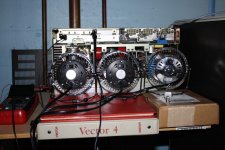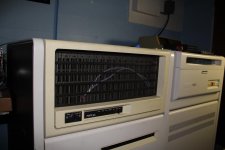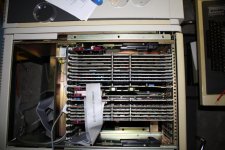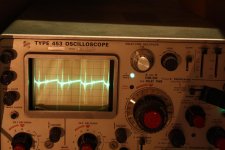Qbus
Veteran Member
I had a Tex 453 back in the seventies, it was old back then! Think that scope came out in the late sixties. Good to see that there is still one alive. Anyway looking at the picture it looks like you may be in the 0.1V/m scale and if that’s the case that’s only around 0.2 vpp and with switching supplies they often generate wide band noise that appears to be everywhere so sounds stupid but with the scope ground connected to the same point try touching the scope probe to the chassis or ground and see how much wide band noise you still see? If you were using the X10 probe that’s another story and you may have week output filters in the power supply. If the breaker is not tripping when you turn the thing on and off imagine maybe it’s good and I am just being paranoid but in my line of work I repair high powered broadcast transmitters and replace AC circuit breakers all the time so am unusually suspicious of them. Know what you mean about the weight, my 11/34 has to be the heaviest computer I have ever worked with. Got any pictures of your system?




